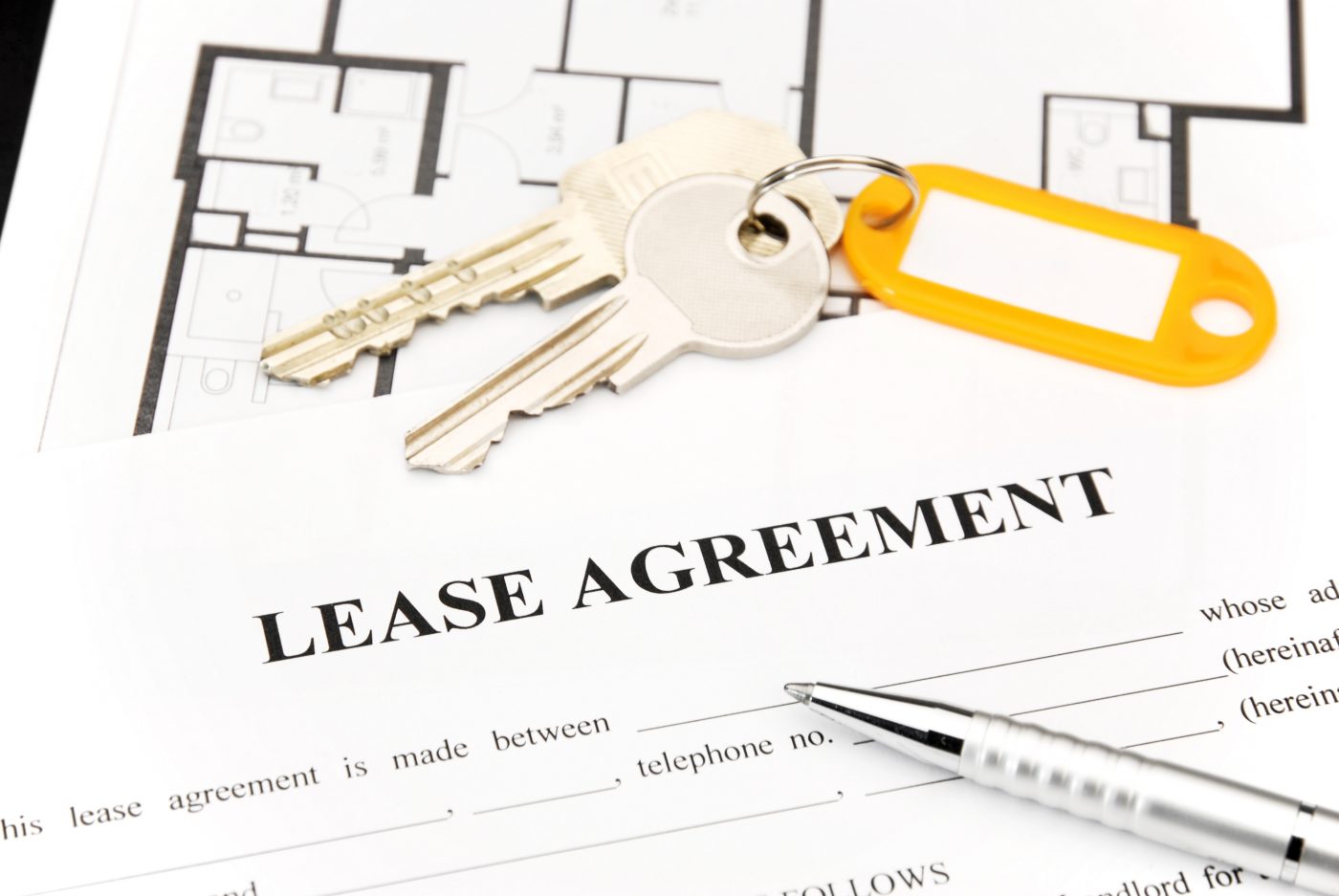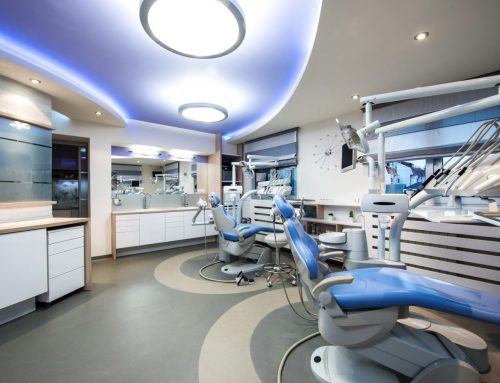Did you know that there is a clause buried in the details of your dental office lease that could force you to spend $250,000 or more on demolition and construction fees when the time comes to exit your dental office?

This liability has put many dentists under extreme financial pressure when they are preparing to sell, retire or relocate their dental practices.
This problematic clause is the “Surrender of Premises Clause”, also known as the “Restoration” or “Surrender Clause”, which is often
improperly set up in the standard form dental office lease, causing vast financial implications to a transitioning dentist.
What is the “Surrender” Clause?
The Surrender Clause in the lease agreement formally outlines how the space a tenant is leasing must be returned to the landlord when exiting. In addition, it also dictates the process that the tenant must follow at the end of the office lease term, including:
An unfavorable Surrender Clause can cause significant damage to a dentist’s career and future plans. For instance, the clause could:
What can you expect to see in a “Surrender” Clause?
As mentioned, a typical Surrender Clause states how the tenant must leave the leased premises to the landlord on or before the expiration of the office lease. The clause will state that the premises will need to be left in one of the following 3 common conditions:
1) “In broom-clean condition”
- This typically means that the dental tenant must remove belongings and other possessions to ensure the premises is left “clean” and free of rubbish.
2) “In the same condition as delivered to the Tenant on the “Lease Commencement Date” or lease start date, ordinary wear and tear accepted”
- As a dental tenant, it is important to document and take pictures of the condition of the original premises upon gaining occupancy. This step will help avoid a dispute with the landlord later as to what is considered “in the same condition”.
3) “Left in the condition that existed when the premises were turned over to the Tenant”
- This language proves to be the most problematic for dental tenants, stating that the tenant is responsible for removing all of the improvements that were made to the space throughout the term of the lease.
Why is the Surrender Clause so critical in the dental office lease?
For any dentist who is opening a new dental practice, there is an extensive amount of work that needs to be done to convert the space into a functioning dental office prior to opening the doors. This includes dental equipment installation, building-out operatories, installation of electrical and plumbing fixtures, etc.
It is these types of improvements that can easily cost a dentist hundreds of thousands of dollars to install, let alone remove. It is very typical for dentists to spend up to $150 dollars per square foot to build out a dental practice.
Surrendering the space back to its original condition
Imagine down the line you decide to relocate, retire, or sell the practice. If the Surrender language in your lease is written to permit your landlord to force you to return the space back to its original shell condition (base building standards), you could be up to your elbows in unexpected costs.
Surrendering the space back to its vanilla shell typically includes:
How can you protect yourself and avoid financial loss upon your practice exit?

As a dental tenant, it is important to document and take pictures of the condition of the original premises upon gaining occupancy. This step will help avoid a dispute with the landlord later.
Unfortunately, many dentists are unaware of, or do not plan for unexpected costs due to the Surrender Clause when intending to move, sell their practice, or retire.
The best way to avoid unnecessary financial hardship is to fully understand the details of the lease and the Surrender Clause in advance of signing it, and if possible, negotiate the terms of this clause so that they are more favorable to your practice.
If your lease does not include a Surrender Clause, it is to your advantage to have one added. Without this clause, your landlord could still force you to return the leased premises back to the same condition as it was when you first acquired the keys.
Using the power of negotiation
Dental tenants are “gold” in the eyes of a landlord for many reasons including a longer average length of term in comparison to other tenants, as well as the added value and foot traffic they bring to the building, plaza, or center.
That being said, dentists have significant negotiating power when it comes to finalizing important leasing details like the Surrender Clause in the dental office lease. Given a fair amount of lease negotiation time (we recommend at least 18-24 months prior renewal deadlines), a dentist can finalize a fair lease with Surrender language that works to their advantage, and aligns with their goals.
Analyze the Surrender Clause within the context of your situation, and consider:
Negotiating the Surrender Clause the dental office lease
It is to your advantage to negotiate the wording of this clause in order to release you from the liability of having to restore the space back to its original shell. To do this try to include language such as:
If amending the Surrender Clause to contain the above language is not an option, an alternative is to confirm in writing with the landlord before making an improvement whether it will need to be reverted upon exiting the space or not.
Remember, a thorough dental office lease review by an experienced lease negotiator can prevent expensive and needless construction and demolition-related costs that can reach in excess of $250,000. The most important aspect of negotiating the Surrender Clause in your dental office lease is that both the landlord and tenant are clear with both party’s expectations upon exiting the space at the outset. Negotiate now so you don’t pay later.



